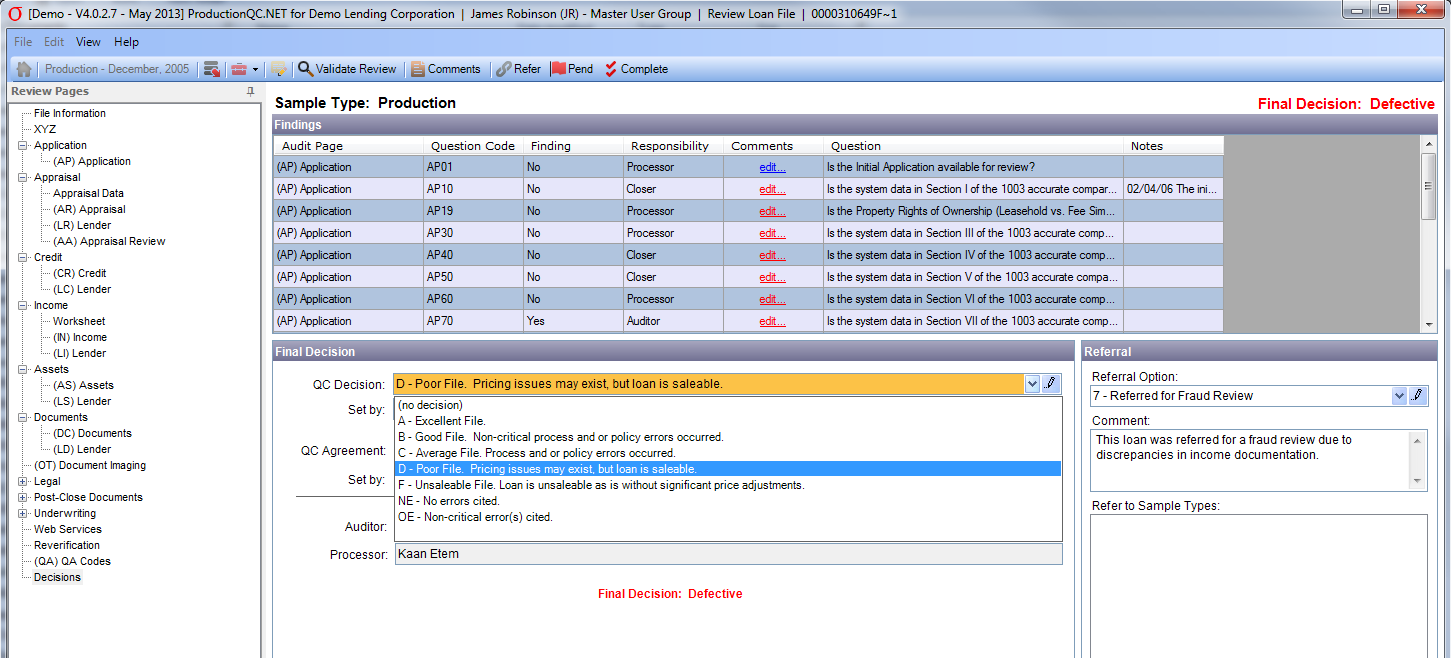Several articles in the last week have provided useful insights into the mortgage industry’s new regulatory environment and its impact on lenders’ and servicers’ business models. In no particular order, we suggest the following:
Fates of Bank and Nonbank Servicers Intertwined: MBA Chair-Elect
“The rapid growth and increasing regulatory scrutiny of nonbank mortgage servicers could “severely” affect the whole industry, Mortgage Bankers Association Chairman-Elect Bill Cosgrove said. “…we are keeping a very close eye on ongoing regulatory activities aimed particularly at nonbank servicers,” Cosgrove said in prepared remarks. “Nonbank firms have become an increasing part of the servicing ecosystem, and it is clear that they have captured the attention of regulators and policymakers.”
Tight Margins and Reg Changes Prompt New Interest in Outsourcing
“Lenders remain reluctant to outsource for control and liability reasons. But with volumes down and compliance expenditures up, more have, particularly among midsized firms with limited resources.”
Inside look: What mortgage servicing really needs
“According to… panelists, the compliance burden and need to add additional controls and oversight tripled compliance expense over the last couple of years. At the same time, the revenue has been flat and in some cases we have even seen compression in the top line as the bid for MSRs increased.
“But there was general agreement that the current economic model is tough (to put it mildly) for a new servicer, and it might be impossible for a new mono-line single-focused platform in today’s environment.”
Six Strategies to Cope with Servicing’s ‘Compliance Crisis’
“We’ve gone from a default crisis to a compliance one.” How to cope:
- Crunch the numbers
- Get big or get a partner
- Check yourself
- Find opportunities
- Keep an eye on originations
- Mind the big picture
Investors Drawn to Servicing as Banks Retreat
This one is from September 2013 but gives a sense of who the new players in servicing are and why the traditional players are scaling back.
“Private-equity firms and hedge funds are increasing their control of the rights to collect America’s monthly mortgage payments, an almost $10 trillion market that banks are retreating from amid looming regulations.”



